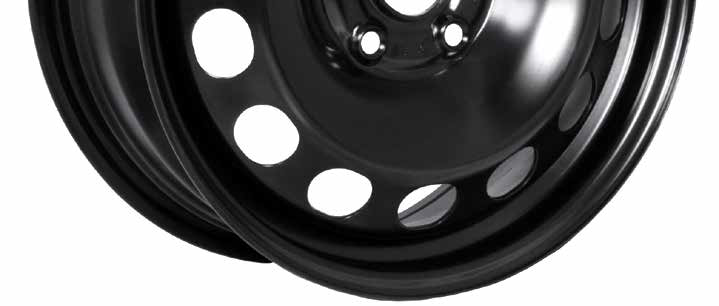Off-road vehicles are evolving towards full sustainability, driving the need for solutions that maximize fuel efficiency while reducing atmospheric emissions. To meet the growing interest in electrification, the significant challenge of power loss management in electric engines must be addressed.
Power losses affect drivetrain components, specifically from friction between gears, shafts, and seals, as well as gear churning and bearing losses due to the oil in the transmission. These factors, which are directly related to operating speeds, can cause the internal components and the oil to overheat.
To minimize power loss and maximize transmission system efficiency while ensuring proper lubrication and heat dissipation, oil flows within the transmission and their interactions with dissipation sources must be verified. This verification usually takes place during bench tests using physical prototypes with specific openings to check oil flow, pump suction zones, and proper gear and bearing lubrication. Simultaneously, temperatures and power losses are checked under all operating conditions, including critical ones.
This article presents a validated study showing the uses of a digital modelling tool for fluid dynamics and thermal analysis. The easily implemented workflow was used to analyse Carraro off-road transmissions, providing the engineering team with detailed information on temperatures and power loss in the early product development stage.
By using the Particleworks thermal solver to compare four different case studies, we verified that the different speeds of the gears and the different oil distribution within the transmission as a result of the different rotation directions creates a different interaction with the heat sources. Quantitatively, using an HTC map that included the inner surfaces of the gearbox, the seals, and the bearing raceways, the temperature values obtained from the CHT simulations showed a maximum deviation of 9°C compared to the experimental data detected with the thermocouples.
Read the articlesoftware
Particleworks is an advanced CFD Software solution, based on the Moving Particle Simulation (MPS) method.
particleworks

CASE STUDY
A new methodology is presented, following an integrated process-product analysis approach, showing some benefits related to increased accuracy and the potential application of new optimization methods.
ls-dyna automotive composites